Iditarod - The Last Great Race on Earth Blog
Since 1973, the world’s top mushers have gathered in Alaska to tackle the Iditarod’s 1,150-mile trail, which stretches from Anchorage to Nome, across mountain ranges, frozen rivers, dense forests, desolate tundra and windswept coastline. The Iditarod Trail Sled Dog Race, known as the “Last Great Race”, is an annual dog sled race where mushers and teams of dogs cover the more than 1,000 miles in less than two weeks, frequently through blizzards causing whiteout conditions, and sub-zero weather and gale-force winds which can cause the wind chill to reach minus 100 F.
This year, sixty-two mushers have signed up to run the race including 15 women. Keep an eye on some of the veteran female competitiors including DeeDee Jonrowe who has been mushing for over 20 years and Aliy Zirkle winner of the Yukon Quest in 2000. Rookies include Jodi Bailey who is married to last year’s Iditarod Rookie of the Year and Angie Taggart a former handler for DeeDee Jonrowe. Before moving to Alaska, musher Zoya DeNure was an international runway model for twelve years, working in such place as Shanghai, China, and Milan, Italy.
The youngest woman to compete in the Iditarod was 19 year old Melissa Owens and the oldest was 58 year old Nancy Yoshida. A Junior Iditarod was run last week for mushers 14 -17 years of age and once again, the field boasted more girls than boys. On the trail, every musher has a different tactic. Each one has a special menu for feeding and snacking the dogs. Each one has a different strategy — some run in the daylight, some run at night. Each one has a different training schedule and his own ideas on dog care, dog stamina and his own personal ability.
Some mushers spend an entire year getting ready and raising the money needed to get to Nome. Some prepare around a full-time job. In addition to planning the equipment and feeding needs for up to three weeks on the trail, hundreds of hours and hundreds of miles of training have to be put on each team. The adventure starts every first Saturday in March in downtown Anchorage. Come and join us.
Come Gee! Come Haw! -
Commands for 180 degree turns in either direction.
Dog in Basket
Tired or injured dog carried in the sled Double Lead - Two dogs who lead the team side by side. Dropped Dog -
A dog that the musher has dropped from his team at a checkpoint. Gee - Command for right turn Haw - Command for left turn Lead Dog - or Leader
Dog who runs in front of others. Generally must be both intelligent and fast. Line Out! - Command to lead dog to pull the team out straight from the sled. Used mostly while hooking dogs into team or unhooking them. Mush! Hike! All Right! Let’s Go! - Commands to start the team Pedaling -
Pushing the sled with one foot while the other remains on the runner Rigging - Collection of lines to which dogs are attached. Includes tow line, tug lines and neck lines Runners - The two bottom pieces of the sled which come in contact with the snow. Swing Dog - or Dogs
Dog that runs directly behind the leader. Further identified as right or left swing depending on which side of the tow line he is positioned on. Tether Line - A long chain with shorter pieces of chain extending from it. Used to stake out a team when stakes aren’t available. Toggles - Small pieces of ivory or wood used by Eskimos to fasten tug lines to harnesses. Trail! -
Request for right-of-way on the trail. Tug Line -
Line that connects dog’s harness to the tow line. Wheel Dogs - or Wheelers
Dogs placed directly in front of the sled. Their job is to pull the sled out and around corners or trees. Whoa! -
Command used to halt the team, accompanied by heavy pressure on the brake.
Fast Facts
Teams average 16 dogs, which means over 1,000 dogs leave Anchorage for Nome.
There are 26 checkpoints on the northern route, the first in Anchorage and the last in Nome. On the southern route, there are 27 checkpoints.
The largest number of mushers to finish a single race was 77 in 2004.
The first woman to finish the Iditarod was Mary Shields in 1974.
The first woman to win the Iditarod was Libby Riddles in 1985.
Four time winner, Susan Butcher, claimed Iditarod victories in 1986, 1987, 1988 and again in 1990. Susan retired from long distance racing after the 1993 race in order to start a family. She passed away from Leukemia in 2006.
Mush Talk
Booties - A type of sock that is made to protect the dog’s feet from small cuts and sores made of various materials, i.e., denim, polar fleece, trigger cloth, etc.
Did You Know?
Iditarod dogs are not driven with reins, but by spoken commands. The leader of the team must understand all that is said to him and guide the others accordingly. An intelligent leader is an absolute necessity. At times it appears that there is ESP between musher and lead dog. Don’t be surprised if you hear a musher have an in-depth conversation with her lead dog.
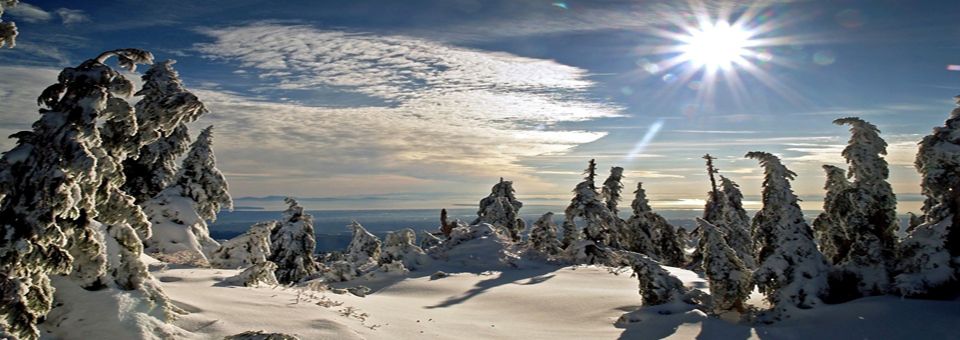
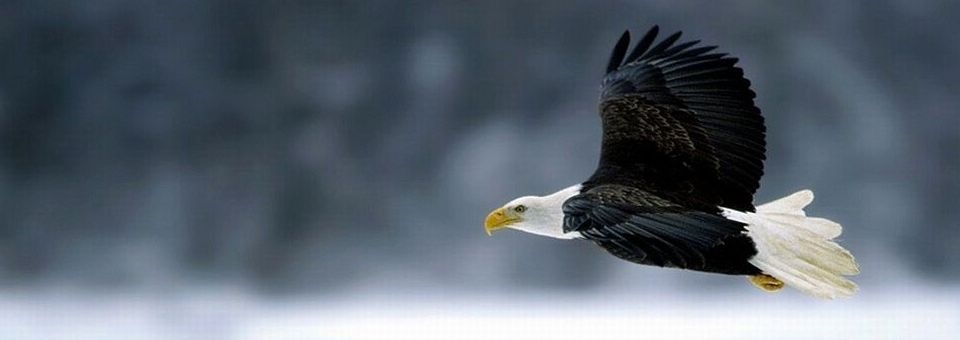
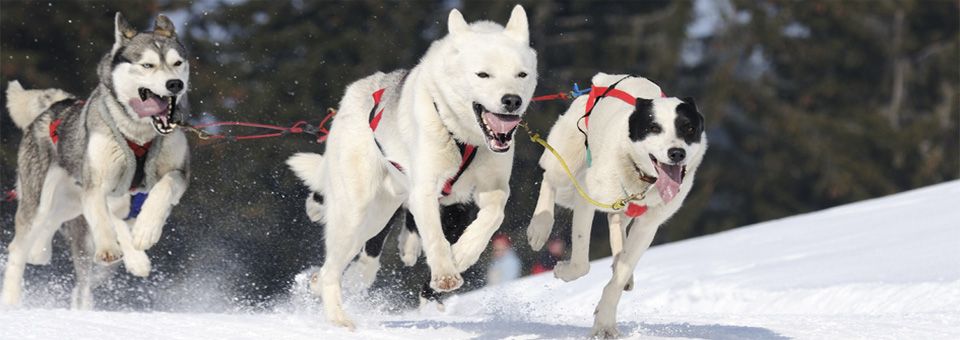
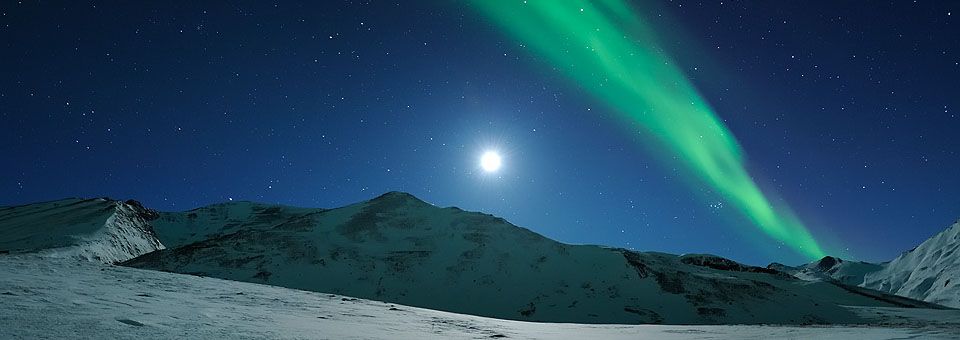

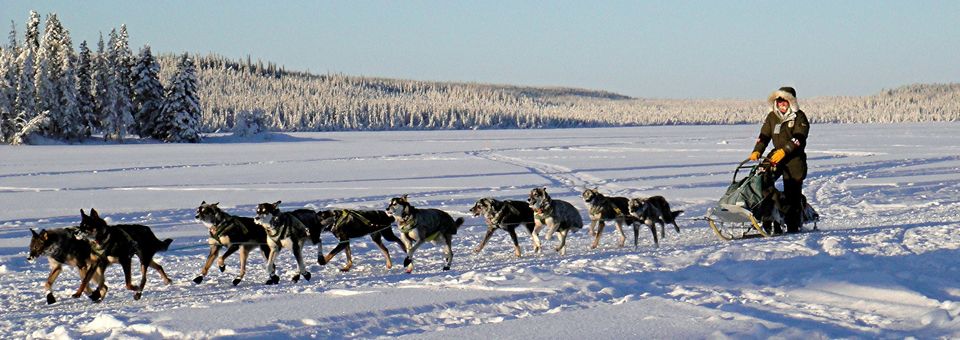
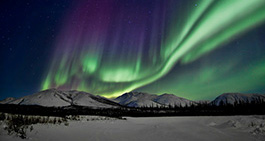

 This website and its content is copyright of Alaska Travel Network Group and/or its authorized affiliates. You may print or download extracts only for the personal and non-commercial use. Do not distribute, commercially exploit - or store any of these website contents in other websites or within any other forms of any electronic retrieval systems without obtaining our written permission.
This website and its content is copyright of Alaska Travel Network Group and/or its authorized affiliates. You may print or download extracts only for the personal and non-commercial use. Do not distribute, commercially exploit - or store any of these website contents in other websites or within any other forms of any electronic retrieval systems without obtaining our written permission.